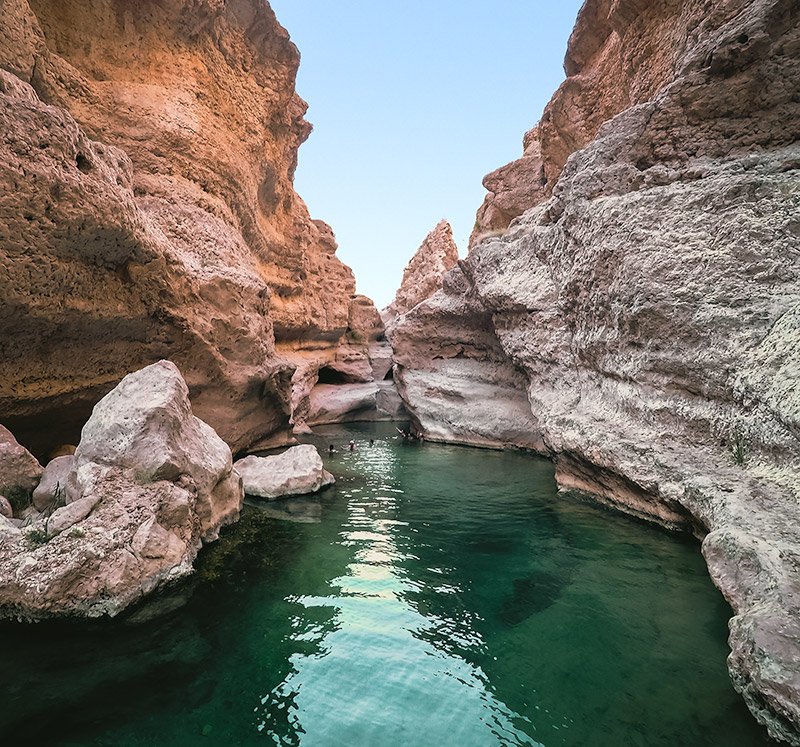MUSCAT: Oman is unique among countries in the region for having no permanent rivers. Instead, its terrain is etched with wadis — dry riverbeds that remain empty for much of the year but spring to life with flowing water during seasonal rains. These dramatic shifts transform the landscape, turning arid valleys into lush, temporary waterways.
Wadis are not only geological features but also vital lifelines for communities. When filled, they provide precious water for agriculture, livestock, and local ecosystems, supporting settlements that have historically adapted to Oman’s harsh climate. The sudden arrival of water in a wadi can be both a blessing and a danger, as flash floods can occur with little warning.
These seasonal channels have shaped Oman’s culture and history, influencing settlement patterns, traditional irrigation systems, and even folklore. Villages often cluster near wadis to take advantage of their fertile soils and intermittent water, creating a distinct rhythm of life tied to the rains.
For visitors, Oman’s wadis are some of its most stunning natural attractions. From the turquoise pools of Wadi Shab to the dramatic canyons of Wadi Bani Khalid, they offer hiking, swimming, and a glimpse of the country’s rugged beauty — a living reminder that even in a land without rivers, water still shapes the story of the land.



